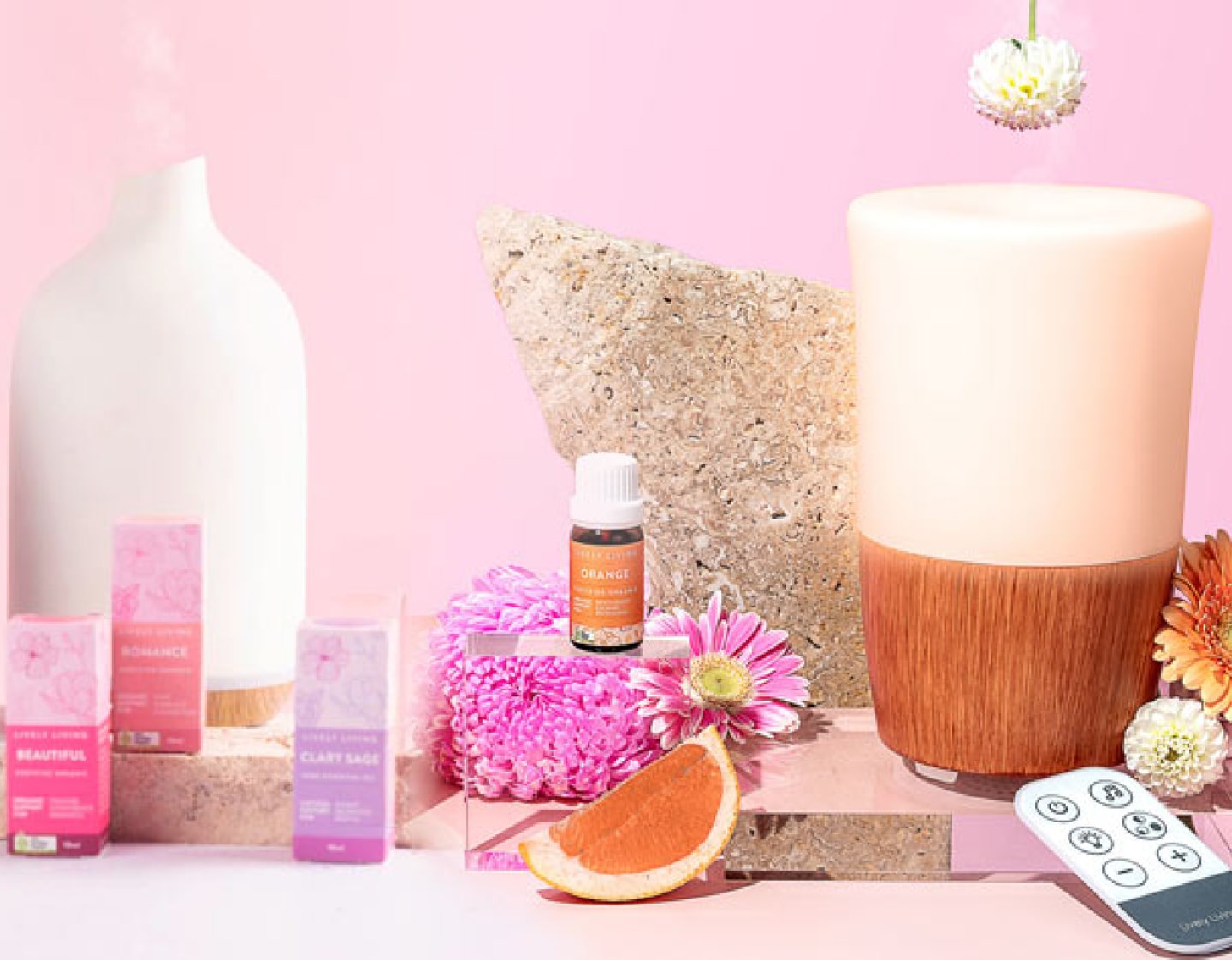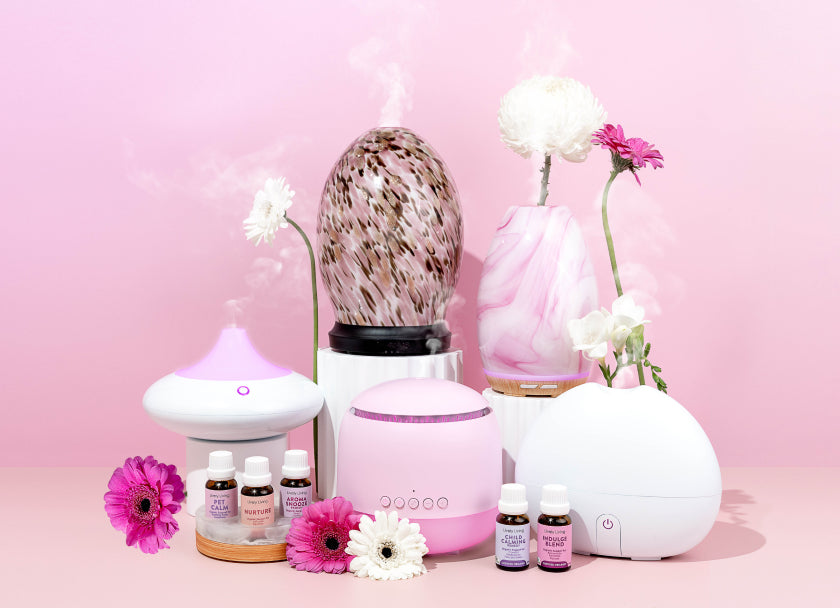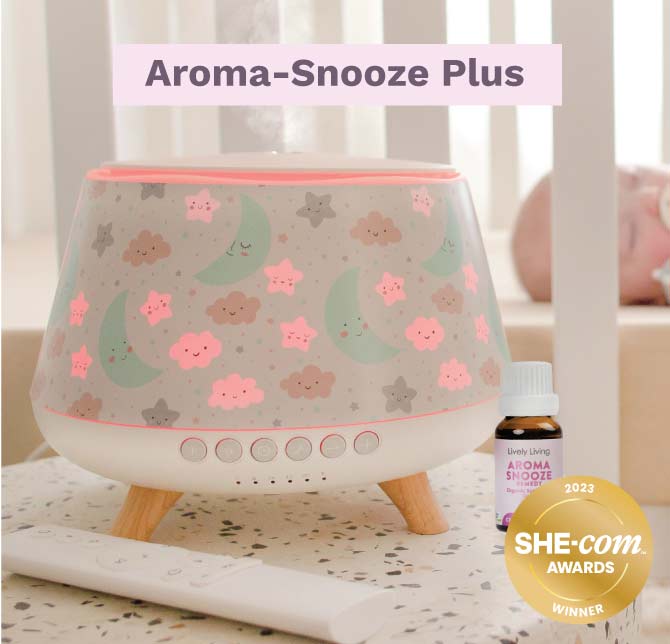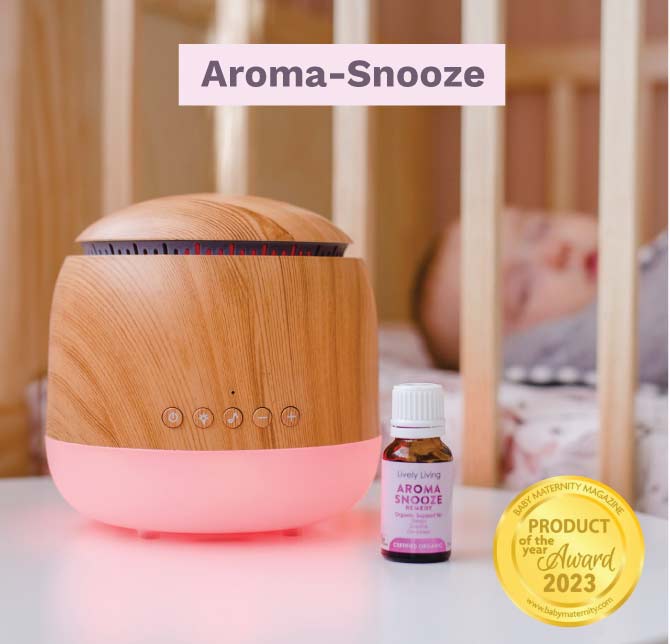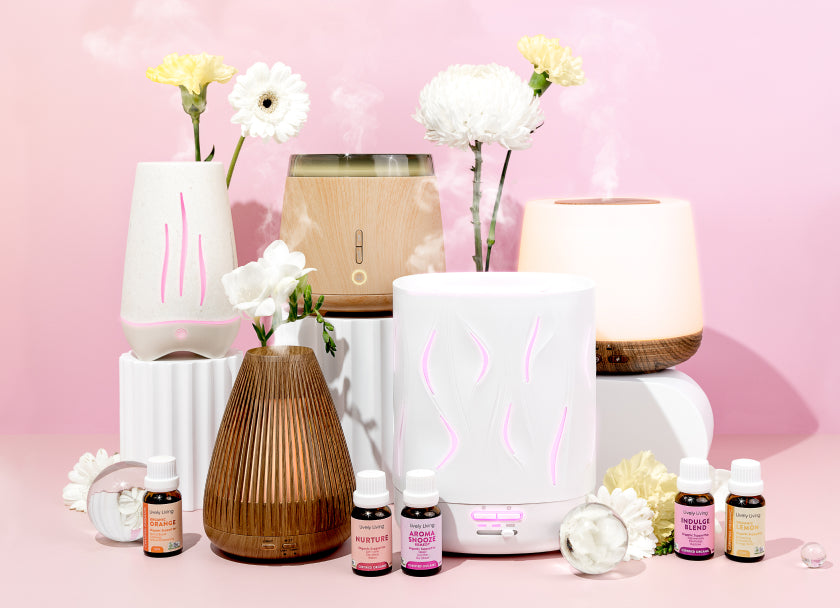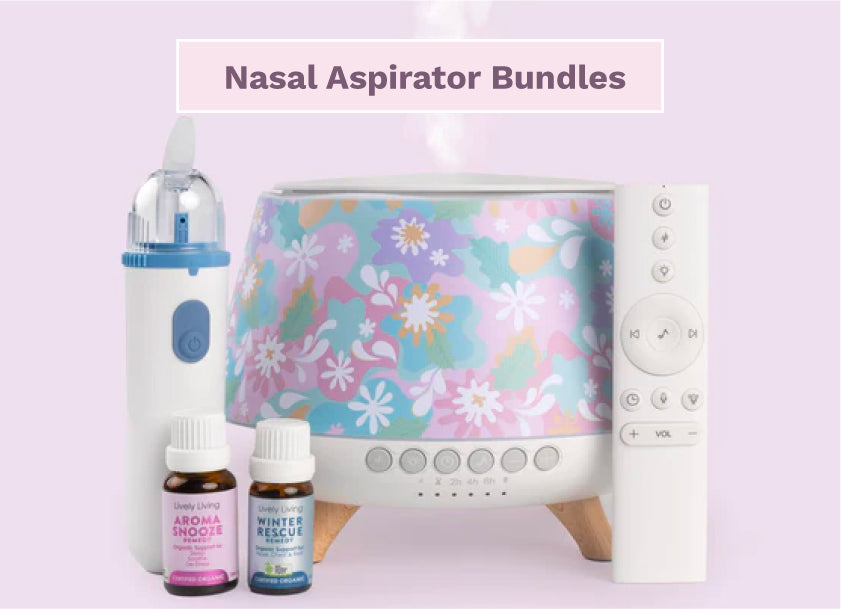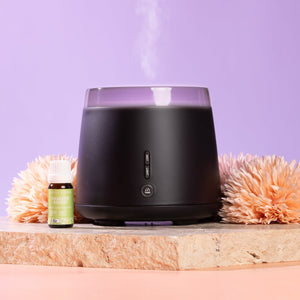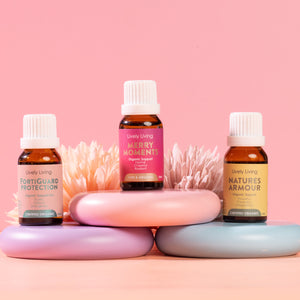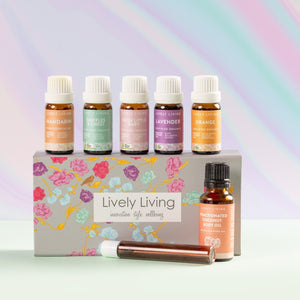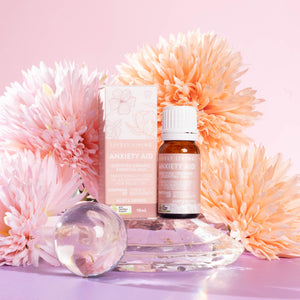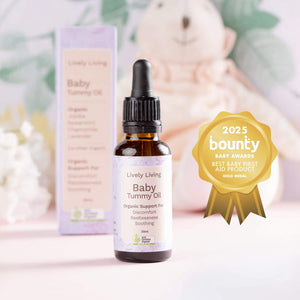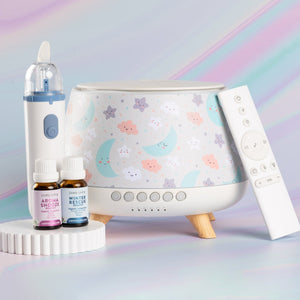Everything You Need to Know About Face Oils for Healthy Skin
Face oils have certainly become a popular topic in skin care. You have likely heard about their fantastic benefits, bu know about face oilt maybe you feel unsure where to begin. This guide covers everything you need tos and covers some body products too0, helping you understand this powerful skincare category.
Face oils are concentrated plant extracts designed to nourish and protect your skin. They are often packed with vitamins, antioxidants, and essential fatty acids. These valuable components can hydrate, balance, and revitalize your complexion for a healthier look.
It's important to remember that not all face oils are created equal. Finding the right facial oil depends largely on your specific skin type and concerns. Let's explore face oils further and see how they can enhance your skincare routine.
Table of Contents:
- What Are Face Oils?
- Benefits of Using Face Oils
- How to Choose the Right Face Oil
- How to Use Face Oils
- Common Misconceptions About Face Oils
- Popular Face Oils and Their Benefits
- DIY Face Oil Blends
- Potential Side Effects and Precautions
- Conclusion
What Are Face Oils?
Face oils are lipids, either naturally derived or synthetically created, used within a skin care regimen. Most often, they come from plants, nuts, or seeds. These oils closely resemble the sebum, the natural skin oils produced by our own skin, which allows them to be absorbed effectively.
Unlike many creams and lotions, face oils typically do not contain water. This lack of water makes them more concentrated, allowing them to deliver potent ingredients directly to the skin. They are frequently rich in essential fatty acids, vitamins like A, C, and E, and antioxidants that fight environmental damage.
Using a face oil can serve several purposes in your daily routine. They provide moisture, oils nourish the skin deeply, offer protection from external factors, and can even help regulate your skin's natural oil production. A quality facial oil helps maintain your natural skin balance.

Benefits of Using Face Oils
Incorporating face oils into your routine offers numerous advantages for your skin's health and appearance. These oils nourish skin effectively. Here are some of the key benefits you might experience:
- Deep hydration and reduced moisture loss.
- Improved skin barrier function, strengthening the skin acts as a protective layer.
- Softened appearance of fine lines and wrinkles, especially beneficial for aging skin.
- Balanced sebum production, which helps regulate oily skin.
- Soothed inflammation and redness due to anti-inflammatory properties.
- Enhanced natural glow for a radiant complexion.
- Antioxidant protection against free radicals and environmental stressors.
Scientific research supports some of these benefits. For instance, a study highlighted in the International Journal of Molecular Sciences suggested that rosehip oil could potentially diminish the look of scars and hyperpigmentation. These key benefits make face oils a valuable addition for many people seeking to improve skin health.
Facial oils work by supplementing your skin's natural lipid layer. This helps prevent transepidermal water loss (TEWL), essentially locking moisture into the skin. This action is crucial for maintaining hydration, particularly for those with dry skin or dehydrated skin.

How to Choose the Right Face Oil
Selecting the appropriate face oil is vital for achieving the desired results and avoiding potential issues like clogged pores. The best choice depends heavily on your individual skin type and any specific skin concern you want to address. Taking a skin quiz online might offer some guidance, but understanding your skin's needs is fundamental.
Consider the balance of fatty acids in an oil. Oils high in oleic acid tend to be richer and better for dry skin, while oils high in linoleic acid are generally lighter and more suitable for oily or acne-prone skin. Always check the ingredient list before purchasing.
For Dry Skin
Individuals with dry skin should look for rich, emollient oils that provide intense hydration and nourishment. Good options include argan oil, marula oil, avocado oil, or almond oil. These oils are typically high in oleic acid and other fatty acids that deeply moisturize, restore the skin barrier, and leave skin feeling soft and supple.
These richer oils help combat flakiness and tightness associated with dry skin. They work effectively to lock moisture in, preventing the dehydration that can make skin look dull. Using these can result in plumper, more comfortable skin.
For Oily or Acne-Prone Skin
It might seem counterintuitive, but certain oils can be beneficial for oily skin and acne prone skin. Lightweight, non-comedogenic oils are the way to go. Examples include jojoba oil, grapeseed oil, squalane, safflower oil, and black cumin seed oil.
Jojoba oil is particularly interesting because its structure is very similar to human sebum, which can help regulate oil production. Oils rich in linoleic acid, like grapeseed or safflower oil, are often preferred for acne-prone skin as some research suggests acne sufferers may have lower levels of linoleic acid in their sebum. Avoid heavier oils like coconut oil which can clog pores for this skin type.
Black cumin seed oil is another great option, known for its anti-inflammatory and antimicrobial properties, helpful for managing breakouts. Tea tree oil, an essential oil, can also be used sparingly (always diluted in a carrier oil) for spot treatment due to its potent antibacterial effects. Remember, not all oils comedogenic tendencies are the same; look for lower ratings if concerned about pores.
For Sensitive Skin
Sensitive skin requires gentle, calming oils with anti-inflammatory properties. Consider chamomile oil, calendula oil, oat oil, or borage seed oil. These oils can help soothe redness, irritation, and general sensitivity without causing further distress.
It's especially important for sensitive skin types to perform a patch test before applying any new product all over the face. Look for pure oils with minimal added ingredients like fragrance, which can sometimes be irritating. Argan oil can also be a good option for sensitive skin due to its soothing qualities.
For Mature Skin
Mature skin or aging skin often benefits from oils rich in antioxidants and essential fatty acids that support elasticity and combat signs of aging. Rosehip oil, pomegranate seed oil, sea buckthorn oil, and frankincense oil are excellent choices. These oils help fight free radicals, promote cell regeneration, and can diminish the appearance of wrinkles and age spots.
Rosehip oil is particularly renowned for its high vitamin A (retinoic acid) content, which aids skin renewal. Sea buckthorn oil is packed with vitamins and fatty acids, offering regenerative and protective benefits. These oils help achieve a more youthful, radiant complexion and improve skin texture.
How to Use Face Oils
Knowing how to apply face oil correctly ensures you get the maximum benefit without wasting product or causing unwanted shine. Integrating it into your skincare routine is simple. Here's a suggested method:
- Begin with a clean face. Use your regular cleanser to remove dirt, makeup, and impurities.
- Apply any water-based products first. This includes toners, essences, and serums like hyaluronic acid or vitamin C serums. Allow them a moment to absorb; you often apply serum before oil.
- Dispense 2-4 drops of your chosen face oil into the palm of your hand. A little goes a long way.
- Gently rub your palms together to warm the oil slightly. This helps with application and absorption.
- Softly press the oil onto your face and neck using your palms and fingertips. Avoid rubbing vigorously, as pressing encourages absorption without stretching the skin. Pay attention to areas needing extra care.
- Allow the oil to absorb for a few minutes. If your skin feels excessively oily, you may be using too much.
- Follow with moisturizer if needed. Those with dry or dehydrated skin often benefit from layering a cream over the oil to lock moisture in further, while those with oily skin might find the oil sufficient. SPF should always be the last step in your morning routine.
Applying face oil onto slightly damp skin can also enhance absorption and help seal in hydration. You can achieve this by applying oil shortly after cleansing or misting your face lightly before application. Using oils around the delicate eye area is possible; choose gentle oils and pat lightly for eye care benefits.
Frequency depends on your skin type and preference. You might use it only at night initially, allowing your skin to adapt. Eventually, you could incorporate it into both morning and night routines for continuous nourishment and protection.
Some oils are multi-purpose, benefiting not just the face but also offering solutions for lip care or even hair care. A drop of argan oil, for example, can smooth hair ends or hydrate lips. Always check if the specific oil is suitable for these uses.
Common Misconceptions About Face Oils
Several myths persist about face oils, potentially discouraging people from trying them. It is time to address some common misunderstandings. Dispelling these myths helps clarify the true role and benefits of facial oils in skin care.
Myth: Face Oils Cause Breakouts
This is perhaps the most common concern, particularly for those with oily or acne prone skin. However, it is not universally true. Using the wrong type of oil (heavy, comedogenic oils like coconut oil or mineral oils for some) can clog pores, but choosing lightweight, non-comedogenic oils high in linoleic acid can actually help.
These suitable oils can balance your skin's natural sebum production, potentially reducing breakouts over time. If you are prone skin to acne, look for oils like jojoba, grapeseed, or black cumin seed oil. Issues often arise from using an oil unsuitable for your specific skin type.
Myth: Face Oils Make Your Skin Greasy
If a face oil leaves your skin feeling greasy or heavy, you might be using too much product or an oil that is too rich for your skin type. Typically, only 2-4 drops are needed for the entire face. When applied correctly (pressed, not rubbed) and using the right oil, it should absorb relatively quickly, leaving the skin feeling soft and supple, not greasy.
The goal is a healthy, natural glow, not an oil slick. Adjusting the amount or switching to a lighter oil can often resolve any feelings of excessive oiliness. The skin feeling should be comfortable and hydrated.
Myth: Face Oils Replace Moisturizer
This depends on your skin type and the specific oil. Face oils primarily provide lipids and nourishment, excelling at sealing in moisture (occlusive properties). Moisturizers often contain both oil and water components (humectants, emollients, occlusives) to hydrate and moisturize.
For some people, especially those with oily skin, a face oil might provide sufficient moisture on its own. However, many people, particularly those with dry or dehydrated skin, find using both an oil and a moisturizer yields the best results. Think of oils as locking in the hydration provided by your other products, including potentially layering over hyaluronic acid.
Popular Face Oils and Their Benefits
The variety of face oils available can seem vast. Many brands offer pure oils or sophisticated oil blends designed to treat multiple skin concerns. Here is a closer look at some popular choices:
| Oil | Key Fatty Acids | Benefits | Best For Skin Types |
|---|---|---|---|
| Jojoba Oil | Wax Esters (similar to sebum) | Balances oil production, moisturizes, non-comedogenic | All skin types, especially oily, combination, acne-prone |
| Rosehip Oil | Linoleic Acid, Linolenic Acid, Oleic Acid, Vitamin A | Brightens, reduces scars & hyperpigmentation, anti-aging, hydrates | Normal, dry, mature, hyperpigmented, scarred skin |
| Argan Oil | Oleic Acid, Linoleic Acid, Vitamin E | Nourishes, softens, reduces inflammation, antioxidant protection | Dry, normal, sensitive, mature skin |
| Squalane (Olive or Sugarcane derived) | Squalane (stable form of squalene) | Lightweight hydration, non-comedogenic, softens skin | All skin types, including oily, acne-prone, sensitive |
| Grapeseed Oil | Linoleic Acid (High) | Lightweight, antioxidant, mildly astringent, good for acne | Oily, combination, acne-prone skin |
| Black Cumin Seed Oil | Linoleic Acid, Oleic Acid, Thymoquinone | Anti-inflammatory, antimicrobial, antioxidant, helps acne & eczema | Acne-prone, oily, inflammatory conditions |
| Tea Tree Oil | Terpinen-4-ol (Active Compound) | Strongly antibacterial, antifungal, anti-inflammatory (Essential Oil - MUST DILUTE) | Spot treatment for acne-prone skin (diluted in carrier oil) |
| Sea Buckthorn Oil | Palmitoleic Acid (Omega-7), Linoleic Acid, Carotenoids, Vitamin E | Healing, regenerative, antioxidant, anti-inflammatory, very rich color | Mature, dry, damaged, or inflamed skin (can stain) |
Remember, individual reactions can vary. What works wonders for one person might not suit another. Always perform a patch test on a small, inconspicuous area of skin (like the inner arm or behind the ear) before applying a new facial oil extensively.
Consider the quality of the oil too. Cold-pressed, unrefined oils generally retain more nutrients compared to those extracted using heat or chemicals. Look for reputable brands, possibly those that are cruelty free, and check the ingredient list for purity.
DIY Face Oil Blends
Creating your own custom face oil blends can be a rewarding and potentially cost-effective approach. It allows you to combine different carrier oils and essential oils to target your specific skin concerns. Remember that essential oils are highly concentrated and must be diluted properly in a carrier oil before facial application.
Start with a base of one or more carrier oils suited to your skin type. Then, you can add a few drops of specific essential oils for added therapeutic benefits. Always research the properties and safe usage rates of any essential oil you plan to use.
Balancing Blend for Combination Skin
- 2 tablespoons Jojoba Oil (carrier oil)
- 1 tablespoon Grapeseed Oil (carrier oil)
- 4 drops Lavender Essential Oil (calming, balancing)
- 2 drops Geranium Essential Oil (balancing, helps regulate oil)
Combine all ingredients in a small, dark glass bottle (like amber or cobalt blue) to protect the oils from light degradation. Shake gently before each use. Apply 2-4 drops as needed.
Nourishing Blend for Dry or Mature Skin
- 2 tablespoons Argan Oil (carrier oil)
- 1 tablespoon Rosehip Oil (carrier oil)
- 3 drops Frankincense Essential Oil (rejuvenating, anti-aging)
- 2 drops Sandalwood Essential Oil (hydrating, soothing - ensure sustainable source)
Mix these oils in a dark glass dropper bottle. This oil rich blend helps nourish skin deeply and address signs of aging. Always perform a patch test before applying your DIY blend to your entire face.
Proper storage is important for preserving the shelf life of your oils, whether store-bought pure oils or homemade oil blends. Keep them in a cool, dark place away from direct sunlight and heat.
Potential Side Effects and Precautions
While face oils are beneficial for many, it is wise to be aware of potential side effects and take necessary precautions. Most side effects are mild and often related to choosing the wrong oil or improper use. Listening to your skin is important.
Allergic reactions are possible, as with any topical product. Some individuals might be sensitive or allergic to specific plant oils or essential oils. This highlights the importance of conducting a patch test before full facial application, especially if you have sensitive skin or known allergies.
Using undiluted essential oils directly on the skin can cause significant irritation, redness, or even chemical burns. Essential oils like tea tree oil must always be diluted in a suitable carrier oil (like jojoba, grapeseed, or almond oil) at a safe percentage (typically 1-2% for facial use).
If you have persistent or severe skin conditions, such as cystic acne, rosacea, or eczema, it is best to consult a dermatologist or healthcare professional before incorporating new products like face oils into your routine. They can provide guidance based on your specific skin concern. If you have questions, sometimes brands offer customer care support, but professional medical advice is best for conditions.
Pay attention to expiration dates and oil freshness. Oils can go rancid over time, indicated by a change in smell, color, or texture. Using rancid oil can irritate the skin and introduce free radicals, negating the benefits. Proper storage helps prolong shelf life.
If you experience persistent irritation, increased breakouts, redness, or any other adverse reaction after starting a face oil, discontinue use immediately. You may need to try a different type of oil or determine if oils are suitable for your skin at all.
Conclusion
Face oils can truly be a transformative addition to your skin care regimen, offering hydration, nourishment, and protection. Now that you have explored everything you need to know about face oils, you are better equipped to select and use a facial oil that suits your skin. Finding the perfect match might involve some experimentation, but the potential rewards—a healthier, more radiant complexion—are worth it.
Embrace the power of plant-based oils and give your skin the care it deserves. Consistency and choosing the right product are crucial. With the proper knowledge and application, face oils can help you achieve and maintain vibrant, healthy-looking skin.

